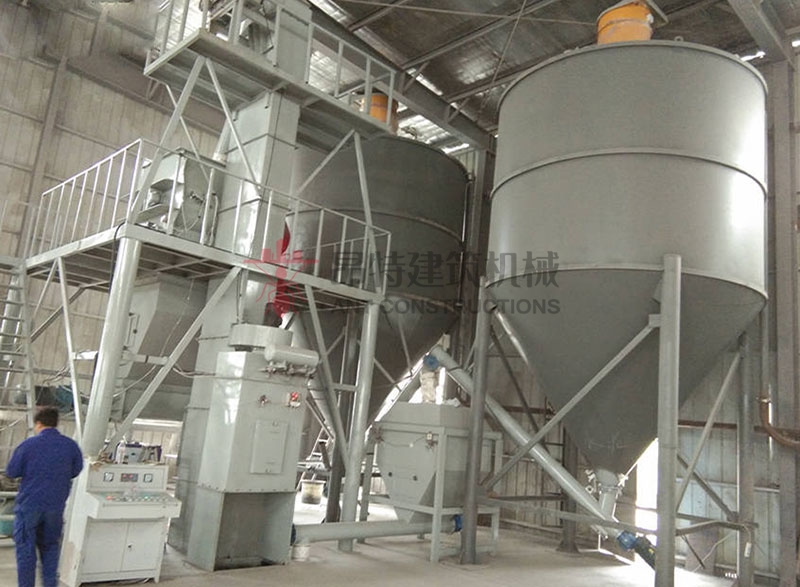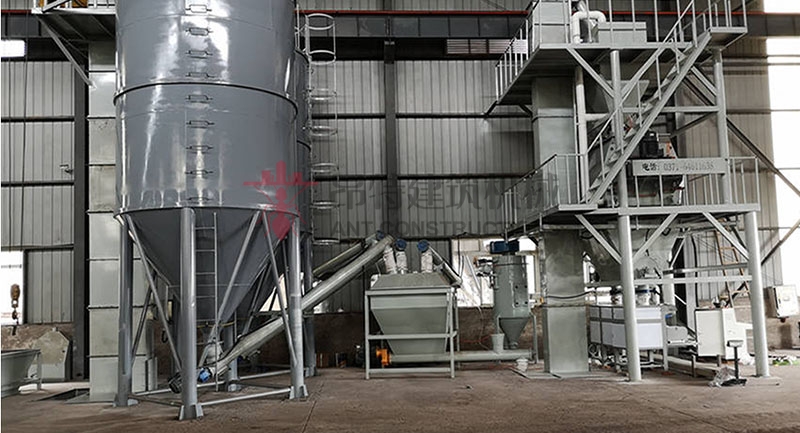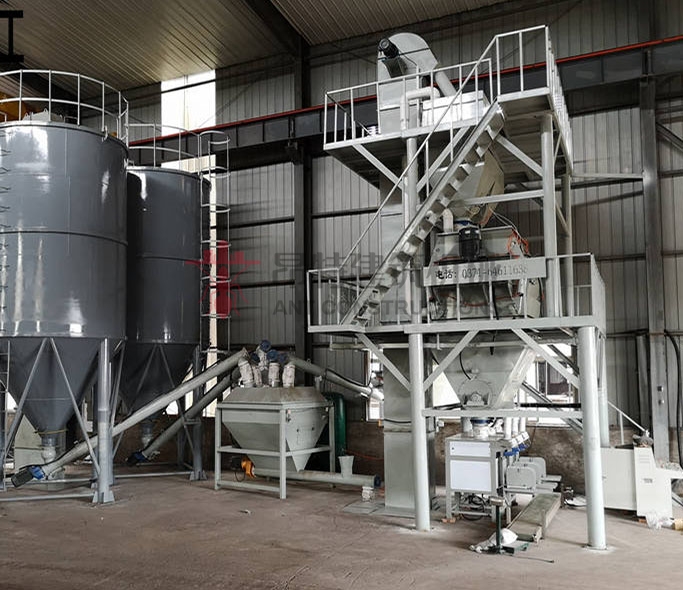inside hollow perlite thermal insulation mortar
Author:ANT CONSTRUCTIONS Comefrom: Createdate:2020/11/5 11:03:13 Hits:39
inside hollow perlite thermal insulation mortar
Inside hollow perlite thermal insulation mortar construction method
Basic layer inspection, the base layer of the ash cake should be firm and flat according to the design requirements, and the ash cake should be made to ensure the thickness of the vitrified perlite bead insulation layer and the surface flatness.
Mix the insulation mortar, mix the thin batch of insulation mortar according to the proportion, mix evenly, first use a scratch knife to thin batch of insulation mortar, the thickness should be 3-5mm (this process is equivalent to interface treatment), and then wipe it in batches The thickness of each pass should be no more than 10mm until it reaches the design thickness. Scrape it with an aluminum alloy ruler after the last time.
Roll-on waterproofing agent, press into alkali-resistant glass fiber mesh, batch apply waterproof and anti-cracking glue after the insulation layer is dry, roll-on penetrating waterproofing agent (avoid rain washing within 24 hours after coating). First apply a full batch of waterproof and anti-cracking glue on the thermal insulation glue coated with waterproofing agent, and then use a batch knife to press the alkali-resistant glass fiber mesh into the glue. After the previous time of glue is dry, the glue should be filled again. 100mm overlap between alkali-resistant glass fiber mesh cloth.
Apply the insulation layer, apply the insulation layer in 2-3 times. In the first pass, compaction is required to make it adhere firmly to the wall and try to make it thicker. After natural curing and dry for 3-4 hours, apply 2-3 times,level and calender. The dividing seam of the drip groove should be directly embedded in the insulation layer during the second application.
Apply elastic putty in batch, roll coating exterior wall paint, first apply elastic putty on the surface of waterproofing agent and anti-cracking glue, then press the alkali-resistant glass fiber mesh cloth into the putty with a batch knife, and wait for the previous putty drying, fill the putty again, the putty should be fully covered with alkali-resistant glass fiber mesh. After the putty is dry, polish the paint with sandpaper.
A cement mortar leveling layer need to be used in the external wall insulation system. In the external wall insulation system, the base layer that needs to be leveled and laid due to the unevenness or slope of the base wall structure, the material used for leveling should be cement mortar mixed with water-proofing agent, anti-cracking agent or water reducing agent, etc. Mixed mortar, the strength grade of the cement mortar of the leveling layer should not be lower than M7.5. The leveling layer is helpful for laying an insulation layer on it (the insulation layer is divided into an adhesive layer and a phenolic insulation layer).
Precautions for the construction of hollow vitrified microsphere inorganic thermal insulation mortar
The construction temperature should not be lower than 5°C. After the insulation layer is cured and dried for about 2 days (it is advisable to hold it with the palm of your hand), then proceed with the construction of the protective surface layer. The minimum temperature of the operating location is not less than 5 degrees, the wind is not more than 6, and construction is not allowed in rainy days.
Insulation mortar and anti-cracking mortar must be bagged materials prepared by professional manufacturers in strict accordance with professional formulas. During construction, add water and stir as required without adding any additives.
The prepared mortar must be used up immediately. Use mechanical mixing method (not mandatory mixing) to ensure mixing time and ensure construction quality. The only thing that needs to be added to the construction site is water, and the measurement of water must be strictly controlled to ensure the correct water-cement ratio.
The product is transported to the construction site to compliment the waterproof and moisture-proof storage period is 3 months. After the construction is completed, pay attention to the protection of the vitrified microbead product, avoid bumps and water soaking on the strong surface, and keep the indoor ventilated and dry, and pay attention to antifreeze during winter construction.
The stirred insulation slurry must be used up within 1h, and obsolete ash is prohibited. After each construction, the construction tools and mixing equipment should be cleaned in time to avoid affecting the next use.












